The World's 15 Best Places to Retire on $1 Million
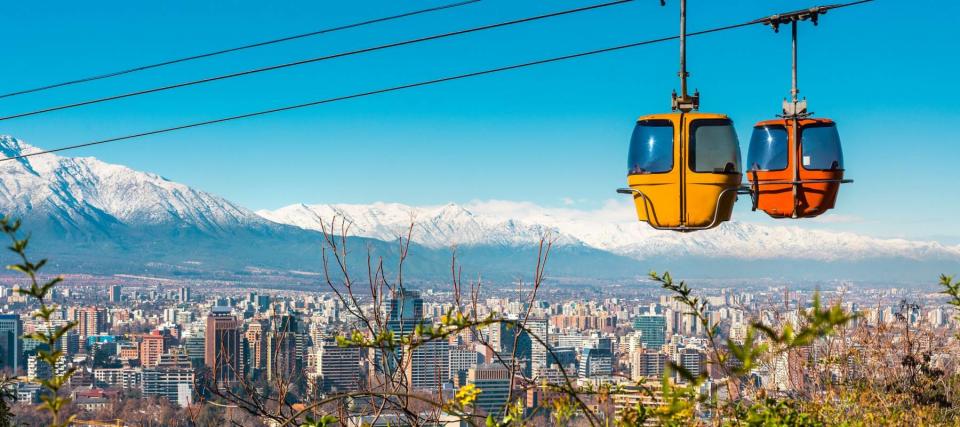
If you can manage to save $1 million, you'd have a heck of a nest egg and more overseas options for your retirement than Americans with smaller stashes.
But where to go?
Some spots you might have dreamed about, such as Canada, Barbados and Sweden, have restrictive entry requirements, while other foreign retirement havens, like Italy, have severely tightened their tax laws on expats.
We count down our top picks for where to retire if you bank seven figures. We’ve considered: ease of entry; political stability; health care accessibility and quality; climate; cost of living; tax laws; and any language barriers.
15. Spain

With its tranquil lifestyle, warm climate, rich history and delectable food and wines, Spain offers the best of European living at lower prices.
With a $1 million nest egg, you could settle comfortably in fairytale Seville; friendly Valencia; or a small, pretty town on the Mediterranean Costa Blanca.
Avoid Barcelona and Madrid, where housing is becoming more expensive by the day. In Madrid, a centrally located one-bedroom flat costs about $1,000 a month.
The same thing would set you back $660 in Valencia, Malaga or Seville. Calculate how much you need to save each month to reach your retirement goal.
How to retire in Spain

Applying for a long-term resident visa will take some time and patience — but you’ll work out most of the kinks at a Spanish embassy close to home.
As someone who will not be working in Spain, you’ll need to show the embassy proof of retirement income of at least $29,300 per year for an individual, plus about $5,575 for your spouse.
If you live in Spain more than six months a year and your annual income is above $24,000, you might have to file a Spanish income tax return. The tax treaty between the U.S. and Spain will protect you from double taxation.
Most expats living in Spain take out private health insurance to skip hospital waits. The cost of coverage in Spain is a bit lower than in America, and Spanish pharmacies have a wide selection of generic medications far cheaper than you’ll find in the U.S.
14. Mexico
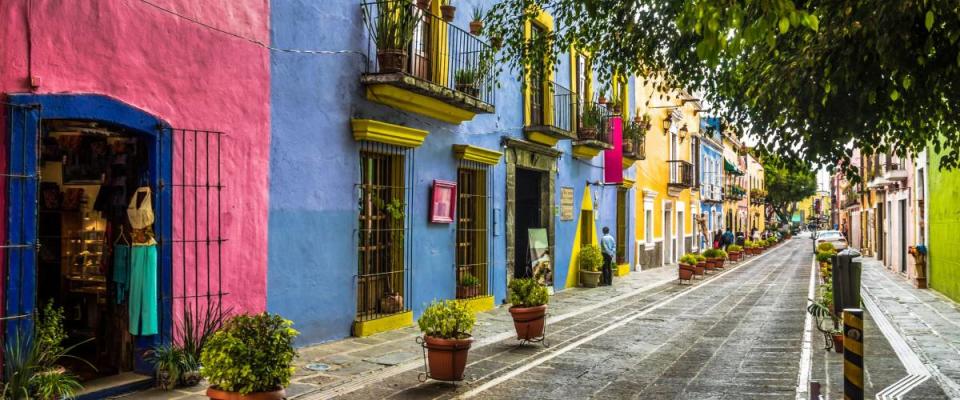
With two spectacular coasts, colonial towns, ancient Mayan ruins and varied landscapes and waterscapes, Mexico can offer the adventure of a lifetime not far from family and friends in the U.S.
Mexico has excellent infrastructure and hospitals, familiar American businesses, affordable real estate and living costs, and all of the modern conveniences you find stateside.
Americans can gain residency fairly easily and could potentially get by in main tourist centers knowing only English. But you'll need some knowledge of Spanish for the best retirement spots.
Those include Puebla, a city in central Mexico offering great shopping, hospitals, an international airport and housing that costs a fraction of what you’d pay in the U.S. In San Miguel de Allende, your savings will stretch further and leave plenty of room for luxuries.
How to retire in Mexico

You apply at a Mexican consulate in the U.S. for a temporary resident visa, which lasts four years. You’ll need to show a minimum monthly income of about $1,400 for an individual, plus $520 per dependent.
After four years, you can apply for permanent residency. You’ll need to demonstrate an average monthly balance of at least $93,000 over a 12-month period or a monthly net income or pension of $2,300 over the previous six months.
Mexican medical facilities are usually modern and high-quality. You’ll need to buy health insurance from either a local or international provider, at a cost of up to $3,000 a year, says International Living magazine.
As a resident of Mexico, you’ll be taxed on your retirement income — but Mexico doesn’t have inheritance or estate taxes.
13. Costa Rica
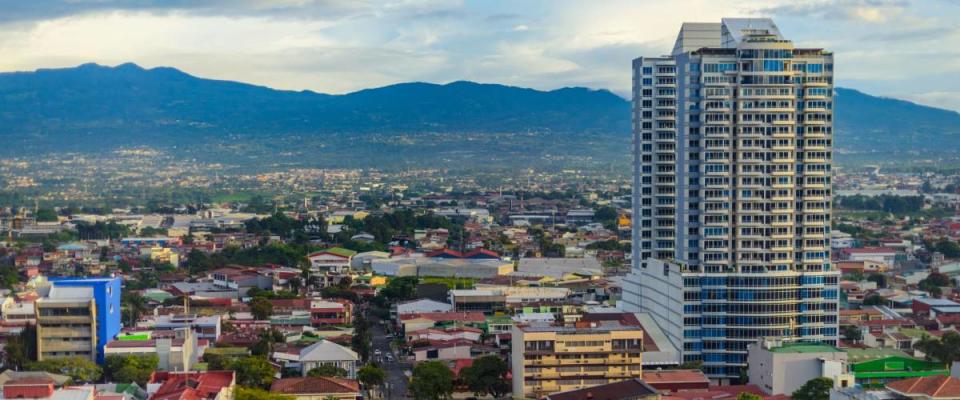
If you’re looking for a peaceful retirement in beautiful natural surroundings complete with fresh food, world-famous coffees and endless opportunities for travel, outdoor adventures and relaxation, then look no further than Costa Rica.
There are active English-speaking expat communities throughout the country, but knowing Spanish will help you with the day-to-day.
Having $1 million saved will open your housing options. You may choose to rent or buy a home near the busy capital of San Jose; on either the Pacific or Caribbean coast; or on the tranquil shores of interior Lake Arenal.
The Central Valley region is particularly popular with expats. Real estate prices start at $200,000 and go up into the millions — and the beauty of Costa Rica is that you can spend lavishly or modestly and get a fantastic quality of life either way!
How to retire in Costa Rica

To qualify for Costa Rica’s pensionado visa, you’ll need to present proof of at least $1,000 in income per month through a pension or Social Security. You’ll also need to show a birth certificate, marriage certificate and other standard documents.
They all must be translated into Spanish and must be valid for at least six months past a visa issue date. The pensionado visa is renewable every three years.
Health care is top-notch in Costa Rica, with the best public and private hospitals located in the San Jose area. As a legal resident, you’ll have complete access to the public health system for less than $100 a month per couple.
A huge positive is that foreign retirement and pension income aren’t taxed in Costa Rica, and neither is any income earned abroad or online.
12. Malaysia

Malaysia mixes modern cities and businesses with beautiful highlands and islands — and it's all affordable. With $1 million saved, you can easily live like royalty in Malaysia.
Expats looking for city life head to Kuala Lumpur, get selfies in front of the landmark Petronas Towers, then settle in the affluent suburbs. Damansara Heights and Sri Hartamas both offer newer condos and homes, cute cafes and restaurants, and nearby shopping.
In Damansara Heights, you can rent a modern semi-detached house with four bedrooms, four bathrooms and a pool for just $1,442 a month. For a slower pace, consider renting a condo for similar prices in George Town, on the beach island of Penang.
In Malaysia, you’ll experience a unique mix of the local Malay culture along with Chinese, Indian, Persian, Arabic and British influences.
How to retire in Malaysia

Retiring in Malaysia is fairly straightforward under the country’s “Malaysia My Second Home” (MM2H) program. The government provides a clear checklist of what you need, including three months' worth of bank records and a self-declared medical history.
For applicants 50 and over, the government currently asks for proof of either offshore income of about $2,400 a month or a bank deposit of about $36,000. The financial requirements may change, so stay tuned.
Malaysia has great health care, and most expats choose private clinics to get medical care quickly and at a reasonable cost. Want more MoneyWise? Sign up for our weekly newsletter.
11. Scotland

With its misty hills and castles, Scotland is a truly enchanting place. With $1 million saved, you could retire in historic Edinburgh; in modern, buzzing Glasgow; or in the charming town of Inverness in the Scottish Highlands.
Glasgow offers easy access to the Glencoe Mountains, west coast beaches, and pretty shores of Loch Lomond.
Glasgow is more affordable for Americans than London or even Edinburgh. A one-bedroom apartment rents in the city center for $800 a month, or you could buy one starting at $75,000. But given the U.K.'s high property taxes, renting might be a better option.
True, it rains a lot in Scotland — but with the money you save by not living in London, you should have enough left over to hit up Portugal or southern Spain for some beach time.
How to retire in Scotland

Those 60 and older can retire in Scotland and the U.K. as persons of “independent means” by demonstrating an income equivalent to about $32,000 per year without working.
You also need to show a “close connection” to the U.K. This could mean you: have lived there before; have a close relative or business interests in the U.K., or have a strong sense of identity with the country.
If you live most of the year in Scotland, then you qualify as a Scottish taxpayer. In the 2018/2019 tax year, if your retirement income is roughly between $30,000 and $55,000 you pay 21%. This may seem steep — but it gets you complete health care, including prescriptions.
Need to step up your retirement savings? You may want to explore using an automated investing service.
10. Aruba

Aruba is quiet, safe and spectacular.
When only white sand beaches will do, there’s no place better to retire than Aruba. This quiet island in the Caribbean is great for snorkeling and other watersports, high-end shopping — and just lounging about.
Aruba offers safety, organized services, and a great variety of restaurants. It also has a good hospital that’s just a short drive from any point on the island. The cost of medical care is cheaper than in the U.S., but you’ll be expected to pay upfront when you enter the hospital.
Renting a one-bedroom apartment in Aruba costs about $770 to $900 depending on the town. You also can also buy a traditional Aruban house for $130,000 and up, or a luxury condo with pool and nearby amenities for the same price.
And just so you know: Aruba is outside the main Atlantic hurricane zone, with an average of almost 30 years between direct hurricane hits.
How to retire in Aruba
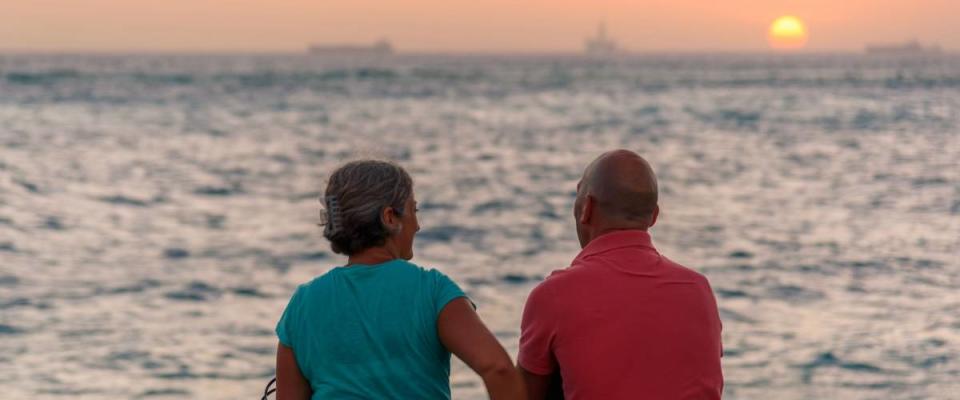
Retiring to awesome Aruba requires an income of about $29,000 a year if you're 55 or older.
You can apply for permanent residence as a retiree if you’re at least 55 years old and can prove you’ll have an income of about $29,000 a year.
Note that residents are taxed on their worldwide income, even from pensions, and the taxes hit 59% for an income of $170,000 a year.
You might want to consider buying a home, a timeshare or a 46-foot yacht that you moor in Aruba. These types of property will allow you to stay in the country for 180 days out of the year and pay only property taxes.
9. Hawaii
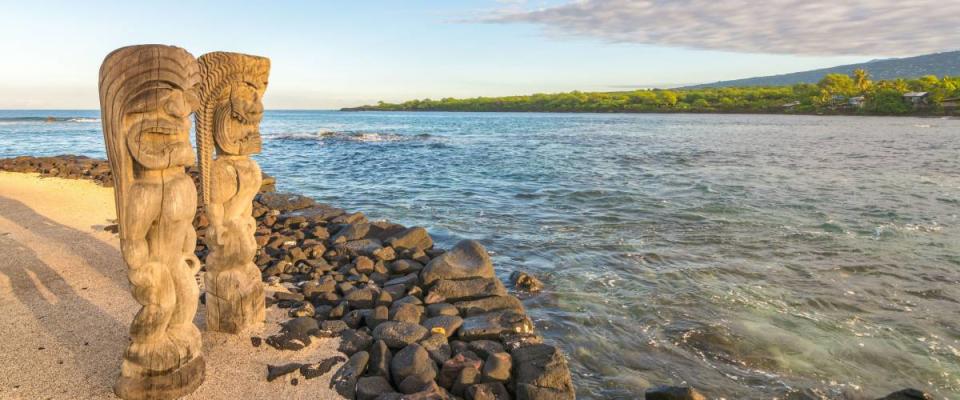
Hawaii is breathtaking. The costs can be, too, so you have to be smart.
In Hawaii, you can work your garden year-round, taste freshly caught seafood and spend a leisurely retirement enjoying beaches, nature preserves and shopping districts. With $1 million saved, you could make this island paradise your home.
Real estate costs vary widely in Hawaii, so researching ahead is essential. The median home value in Honolulu, on the island of Oahu, has now hit $675,500, according to Zillow. But just a 30 minute drive away, you’ll find two-bedroom condos renting for $1,500 a month.
In Kahului, Maui’s commercial hub, a two-bedroom condo goes for $175,000. Beaches, gorgeous nature preserves and shopping are all within a 10-minute drive.
Since food and gasoline are more expensive in Hawaii, it’s smart to buy local food from farmers markets rather than prepared foods that have been flown in, and to choose a city that has most of what you need close by.
How to retire in Hawaii

If you can find an affordable place to live, retiring to Hawaii is easy.
As a state, Hawaii has no special requirements on moving there from elsewhere in the U.S. For humans, that is.
Any animal coming to Hawaii must undergo a complex procedure including shots, blood work, paperwork and even a quarantine period (depending on the island) before it can be released to you at the airport.
Before you move to Hawaii, take the time to visit for a couple of weeks (or months!), to get a feel for its varied cities, lifestyles and amenities to make sure you’ll be comfortable and have everything you need.
And be prepared for the realities of tropical living, which include big bugs — like flying cockroaches! — tsunami and shark warnings, occasional power and internet outages, and the islands’ infamous vog (volcanic smog).
8. US Virgin Islands
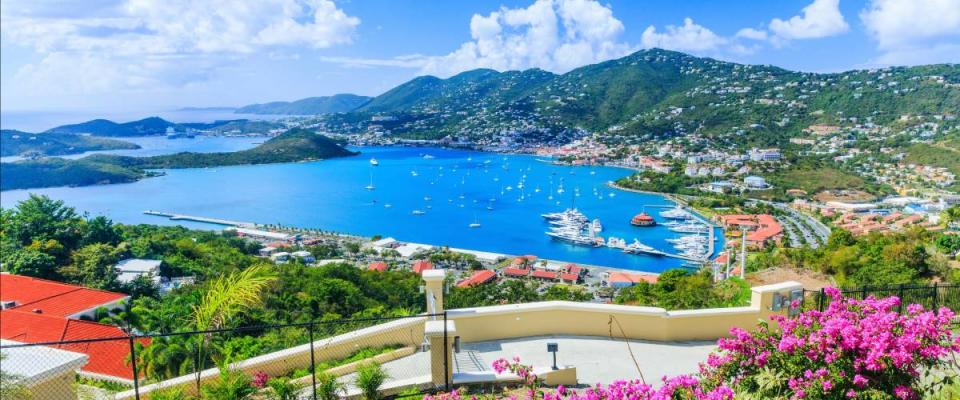
The U.S. Virgin Islands are historic, sunny and beautiful.
The most popular destinations in the U.S. Virgin Islands (USVI) are likely St. Thomas and St Croix. These historic and beautiful islands offer the ideal mix of sun, beaches, city life and amenities — for a fair price.
Food and clothing tend to cost more than average, because they have to be flown in, but many online retailers ship to the islands.
Although real estate is fairly affordable, renting might be a better option given the realities of hurricane season, which has the potential to damage your home.
There are rentals to suit every budget, from a one-bedroom, one-bath apartment with ocean views starting at $1,000 a month on St. Thomas, to a spacious and private two-bedroom, two-bathroom home for $2,800 a month on St. Croix.
How to retire in the US Virgin Islands

Residents of the U.S. mainland can easily retire to the U.S. Virgin Islands.
Retiring here is easy for Americans: There are no special visa requirements for living or working on the islands. After living in the USVI for 30 days, you can gain residency, along with voter registration and a driver’s license.
But with this voter card, you'll be able to vote only in USVI elections. You’ll also have to file taxes with the Virgin Islands Internal Revenue Bureau (VIIRB) instead of the IRS.
Pension laws, Social Security calculations and payments are the same as on the mainland, and retirees can still access Medicare.
St. Thomas and St. Croix had good medical services until the main hospitals sustained hurricane damage in 2017. Although the hospitals still provide many medical services and surgeries, NPR reports patients needing cancer care or long hospital stays must be flown to the mainland.
7. Uruguay

Uruguay is modern, fun and gorgeous.
Uruguay offers top-notch living in South America. You’ll find modern infrastructure and health care; beaches; natural beauty; plenty of outdoor fun — and, best of all, no taxes on your retirement income!
The official language is Spanish, but English is spoken by younger locals, expats and some businesses. Housing choices range from gated communities to seaside cottages to homes in the lush green countryside.
Since it’s possible to live on just $800 a month, with $1 million saved you’d have plenty left over to spend in hip Punta Del Este (the Hamptons of South America); join the high rollers at the casinos of Montevideo; and parasail, ride horses and birdwatch to your heart's content.
Another major perk: If you spend more than 183 days per year here, you become a taxed resident — but you won’t have to pay taxes on any income for the first five years.
How to retire in Uruguay
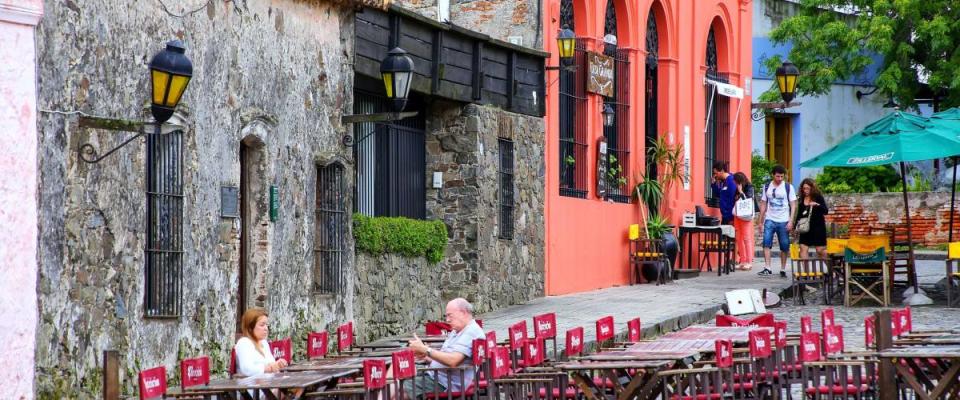
To retire in Belize, you must show proof that you will have income of $1,500 per month.
Uruguay’s rentista visa only requires proof that you will have $1,500 in income per month. Anyone can purchase property in Uruguay and will have the same property rights as locals.
To become a permanent resident, you’ll need to submit a “letter of motivation” to the Dirección Nacional de Migración in Montevideo explaining why you want to stay and where you will live.
Once the process is complete and a background check comes back clean, you’ll receive an ID card (cédula) and all the rights of a resident, including access to excellent free health care.
Your nest egg is still far from the $1 million mark? Find out how much you need to save each month to reach your goal.
6. Belize
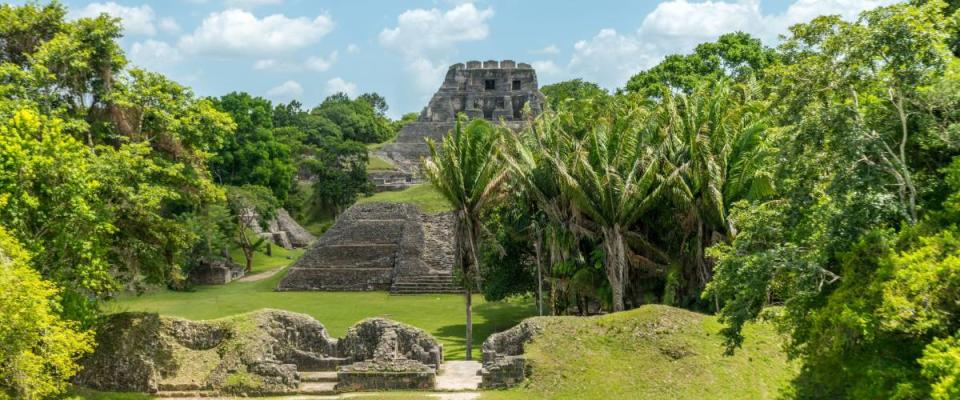
The lush jumbles of Belize hold hidden Mayan ruins.
Located on the cusp of Central and South America and just a short flight from the U.S., the tiny nation of Belize warmly welcomes retirees.
Belize is home to white sand beaches and turquoise ocean in the east and lush jungles with rivers and waterfalls in the west — and between it all, modern infrastructure and services. Plus, Belize is tax-friendly; has reliable, standard health care; and English is the official language!
Many retirees have settled in Ambergris Caye, a tourist-friendly island with gorgeous beaches, plus shopping, eateries, bars and cafes. Beachfront rentals cost a premium (over $1,000 a month) but you can find lower-cost rentals off-beach, according to International Living magazine.
The family-friendly Corozal area in the north also is popular, and rentals start at $400 a month.
How to retire in Belize

U.S. retirees can gain residency in Belize with a monthly income of $2,000 or more.
Belize has a special program called the “Qualified Retirement Program” that allows people age 45 and older to gain residency. If you qualify, you can import all of your personal items, including cars, boats and planes duty-free.
The QRP program will not tax pensions or income from abroad, reports International Living. To qualify, you’ll need to show you will have a monthly income of $2,000 or more, then pass a background check and pay standard fees, including a $1,000 program fee.
You also must provide proof of good health.
As for health care in Belize, it's adequate, timely and cheap. Some expats choose to fly to the U.S. as needed to take advantage of Medicare or fly to Mexico or Guatemala.
5. Chile

The Chilean landscape includes beaches, mountains and cool waters.
With $1 million saved for your golden years, you could settle in Chile and enjoy a retirement that’s safe, peaceful and provides access to affordable world-class health care and some of the most spectacular coastlines on the planet.
Chile is more temperate than its tropical and humid neighbors, and offers beaches, mountains and cool waters. There are several expat communities in Chile, but learning Spanish will go a long way to helping you integrate locally.
Cosmopolitan Santiago has a great climate, beautiful parks and architecture, fresh food choices and good public transportation. You can rent a one-bedroom apartment for just $465 a month, and condo prices start in the mid $70,000s in the city center, according to Remax Global.
Compared to other South American countries, Chile is politically and economically stable — although it is in an earthquake zone.
How to retire in Chile

Don't let appearances fool you. Chile can be warm and welcoming for American retirees.
Before you retire in Chile, make sure to visit and become familiar with where you’d like to settle. The country’s infinitely renewable tourist visa will allow you to stay in Chile for up to three months and even purchase property, says EscapeArtist.com.
A temporary residency visa will last for one to two years. To apply as a retiree, you should be able to prove an income of $1,000 per month for yourself and another $1,000 for a dependent. Chile will accept Social Security, pension payments, dividends and other forms of income.
Later, you can apply for a “permanent residence visa,” which is good for five years and also is infinitely renewable. Once you’ve settled here, your foreign retirement benefits, including Social Security, will not be taxed.
4. Portugal

Portugal is one of the most attractive retirement destinations in Europe.
With 300 days of sun every year, fresh and plentiful local seafood and wines, gorgeous architecture and a convenient location in mainland Europe, Portugal is one of the most attractive retirement destinations across the pond.
The southernmost Algarve region is most popular with expat retirees and is often called the best place to retire in the world. The region features more than 30 golf courses and resorts, charming towns, golden beaches and hidden coves.
Algarve’s towns are more affordable than Lisbon: A three-bedroom apartment in a typical town center rents for just $840 a month, and you can get a nice three-course dinner for under $40.
Since gasoline and imported cars can be expensive, most people take public transit and may rent vehicles for longer journeys.
How to retire in Portugal

You'll need to rent or buy property in Portugal to receive residency status.
The most popular Portuguese residency option for foreigners is to apply for the "Non-Habitual Residence" designation.
Under the NHR program, Portugal will not tax your pension or interest, royalties or dividends from foreign sources for 10 years. Plus, retirees have access to the high-quality Portuguese public health care system.
You can apply for NHR online once you become a resident for tax purposes. To do this, you go to a tax office in Portugal (Repartição de Finanças) and get a taxpayer ID as a nonresident. Then, using this ID, you’ll need to rent or buy a place to live.
To qualify for NHR, you can’t have been a resident of Portugal in the past five years and you must either have your main home in Portugal or spend 185 days of the year there.
3. Cyprus
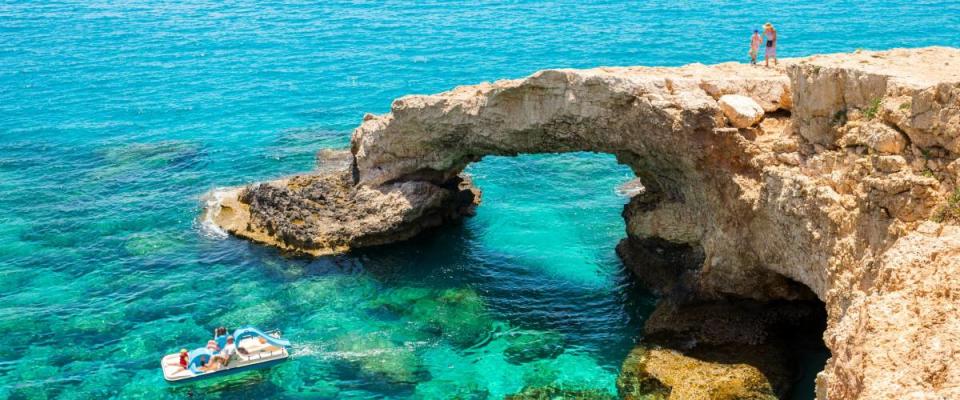
The selling points of Cyprus include perfect Mediterranean weather and beaches.
Cyprus has been attracting American retirees for years thanks to its perfect Mediterranean weather and beaches, agreeable taxes, affordable cost of living and widespread acceptance of English.
Most expats flock to the friendly southern cities of Paphos and Limassol. Both towns are close to beaches, nature trails, golf courses and ancient archaeological sites.
Paphos has an established expat community, pretty harbors, lively shopping areas and daily flights to mainland Europe and beyond. Limassol has a historic town center, modern amenities and new luxury residence developments.
In Paphos, you can rent an apartment in the city starting at $350 or buy an apartment for as little as $70,000, reports living-costs website Numbeo. In Limassol, a one-bedroom apartment costs about $815 a month, and you can buy a luxury one-bedroom for $146,000.
How to retire in Cyprus

Cyprus has low barriers for Americans who'd like to retire there.
Americans can retire in Cyprus on a Category F visa. Simply prove that you’ll have annual income of about $11,100 for a single applicant and $5,350 per dependent. Cyprus considers a variety of international sources as income, including interest and rental income.
You also can fast-track to permanent residency simply by purchasing property in Cyprus worth $350,000. Properties are freehold, property taxes are low and the value-added tax is just 5% on certain properties in Cyprus.
Retirees are taxed a maximum of 5% on income above $4,000 as long as they’re not employed.
Permanent residents are entitled to free, high-quality public health care, although many expats pay for private insurance to access more facilities and skip the lines.
2. France
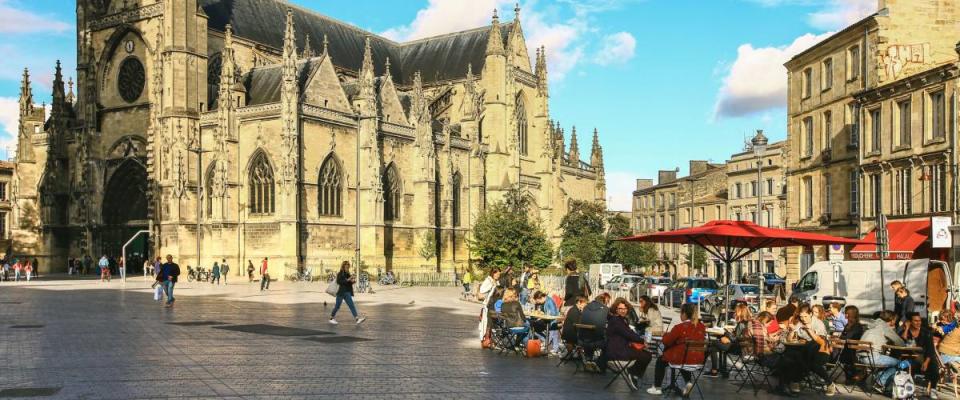
Bordeaux is called "Little Paris.
The French language can be hard — but it’s worth learning so you can spend your golden years enjoying France's gorgeous and varied climate; affordable wine, bread and cheese; and excellent health care.
A million dollars might not last too long in Paris, so instead consider settling in Bordeaux, known as "Little Paris." Three-bedroom rentals in Bordeaux start around $1,500 a month, and buying a one-bedroom condo in an expensive area costs $186,000, says Numbeo.
Other cities with similar or lower prices include: Lyon, the culinary capital of France; Montpellier, a charming university town not far from Mediterranean beaches; and Nimes, a jaw-dropping southern city that mixes French architecture and Roman ruins.
Anytime you want to visit Paris, you’ll be just a few hours' drive or train ride away.
How to retire in France

To move to France, you’ll need to apply for a long-term visitor visa at a French consulate, which will allow you to stay in the country longer than three months.
You’ll also need to provide proof of your retirement income, accommodation in France, health insurance for your first few months in France, and a letter promising you won’t work in the country, says International Living magazine.
You’ll have to file U.S. taxes on your income, but it also must be declared in France and you will be taxed 8% above a minimum amount ($10,713 in 2016).
Paying this percentage will guarantee you access to the country’s excellent health care system. You'll receive reimbursement for 70% of doctor, dental and specialist visits; save 80% off fixed hospital costs; and up to 100% off medications.
1. Panama
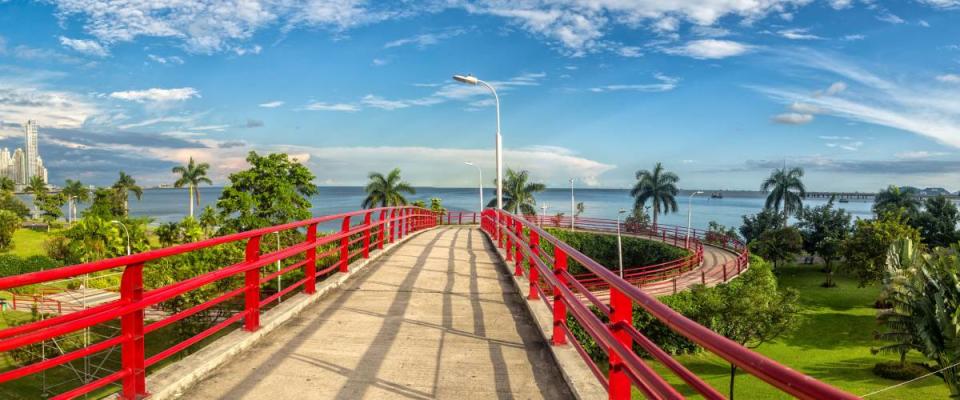
Our top choice for retirees with a $1 million nest egg is Panama. It simply can’t be beat for ease of entry, cost of living and modern amenities and health care.
And while you could certainly hole up in an expat area and never have to speak anything other than English, learning some Spanish will let you meet more of Panama’s friendly locals.
From the Bocas islands' beaches to the charming mountain town of El Valle to bustling Panama City, you’ll find gorgeous weather and a high quality of life for a great price in Panama.
Renting a one-bedroom in Panama City costs about $1,000, and daily amenities are affordable. With no taxes on foreign retirement income and a 7% local sales tax, Panama is an extremely attractive place to retire.
How to retire in Panama
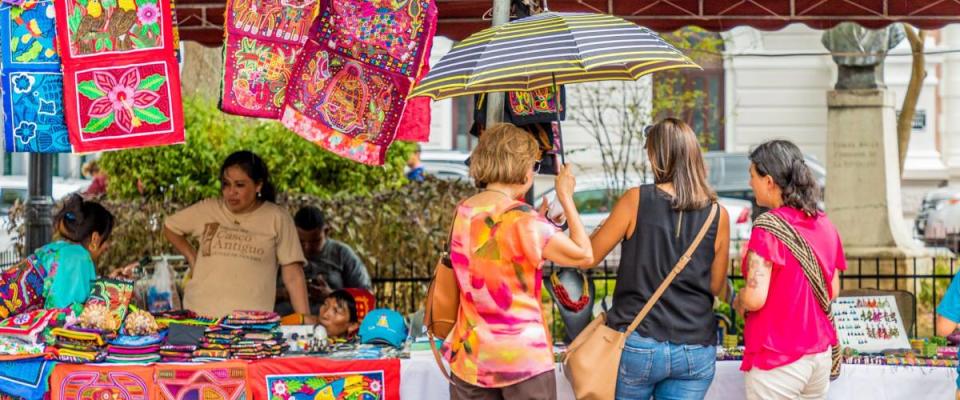
Panama’s popular pensionado retirement program asks only that you prove you’ll have an income of $1,000 per month for life from a recognized source, such as a pension program, IRA or 401(k).
If your monthly income is between $750 and $1,000, then you’re required to purchase property for $100,000 or more to gain residency.
An even easier option is to pay $20,000 to purchase a patch of teak forest, which will get you an “Investment Residency” — and of course, returns on your investment as the trees grow and are harvested.
Panama City has four major hospitals that are the best in the region, and there also are health care hubs in David, Chitré, Santiago and Las Tablas. Expats usually opt for private health insurance, which is much cheaper than coverage in the U.S.
Subscribe now to our free weekly newsletter. Don't miss out!

